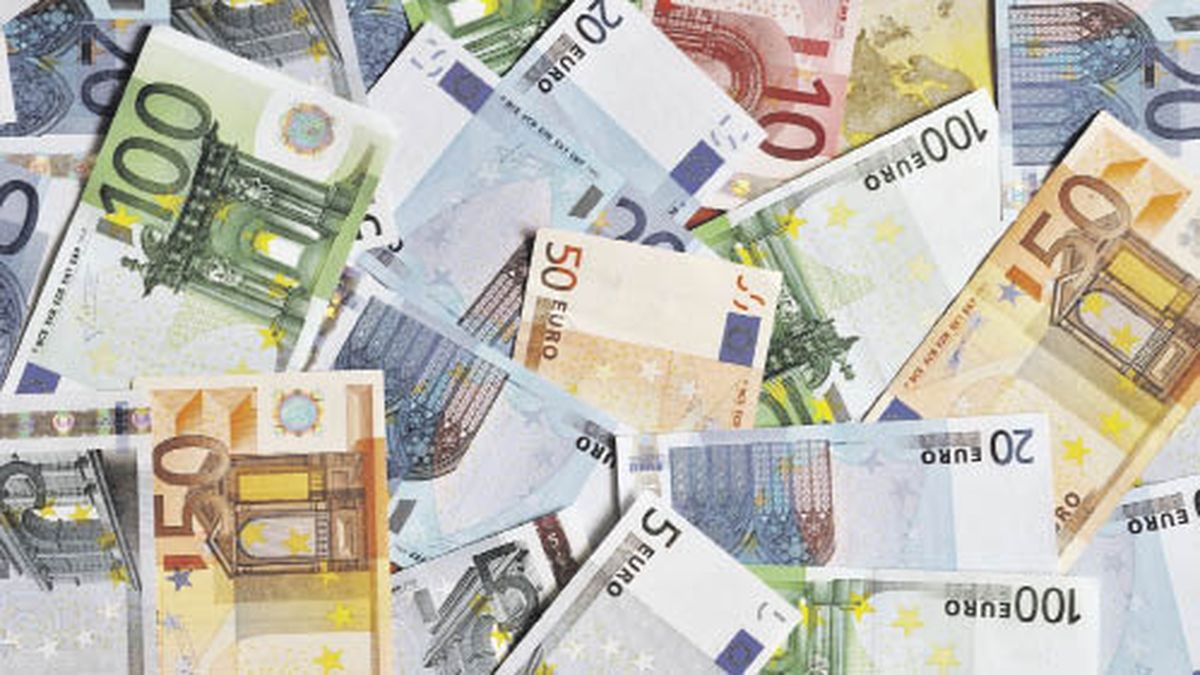Protected under foil, the first strawberries of the season have ripened. So far there are signs of a good harvest – but producers are struggling with high costs and have to make tough calculations.
Sweet, aromatic, juicy – fresh, locally grown strawberries are popular with consumers. The harvest of the early fruits grown in polytunnels is currently underway in several German growing regions, so that strawberries from German regions are once again available for direct sales and in supermarkets.
“If there are a few days of sun, things can happen quickly,” said Simon Schumacher from the Association of South German Asparagus and Strawberry Growers in Bruchsal near Karlsruhe to the German Press Agency. The tunnels are crucial for the early harvest. They ensure the yield and are also good protection against fungal diseases.
On Maximilian Reuhl’s farm in Wetterau, Hesse, many helping hands will now and in the coming months ensure that the harvest is brought in and the strawberry plants are cared for. After the wet and quite mild start to the year, Reuhl is also hoping for plenty of sunshine in the coming days so that the plants grow vigorously, the berries develop well, become bright red and sweet as sugar.
Protected cultivation is increasing
According to the Federal Statistical Office, the area of so-called protected cultivation in the polytunnels grew by almost six percent to around 2,043 hectares in Germany last year compared to 2022. Compared to 2015, the increase was almost 180 percent.
In contrast, according to the data, the productive cultivated area in the open field shrank by almost 6.5 percent within a year and even by a third (33.3 percent) to around 9,325 hectares in the longer term. One reason: According to statistics, the yield per hectare in protected cultivation is almost twice as high as in open fields – but cultivation in polytunnels is also very expensive, according to Schumacher. Good management is also important, for example through regular and timely ventilation.
Like many suppliers, Reuhl now cultivates strawberries in polytunnels, for several reasons: the plants can be better protected from the weather, and in addition to the higher yield, the tunnels also offer better working conditions for the harvest workers.
In addition, you can work with beneficial insects such as certain predatory mites, which in turn can be used to combat spider mites on strawberry plants. Environmentalists are critical of polytunnels – not only because of the large amount of plastic film, but also because these cultivated areas are deprived of animals and other plant species. The water consumption and fertilizer use for the strawberries are also criticized.
First strawberries in the farm shops
According to Schumacher’s experience, the first strawberries of the season should now be found in the farm shops. About a week after the harvest begins in Baden and the Palatinate, it usually starts in North Rhine-Westphalia along the Rhine and in Bavaria.
Lower Saxony and East Germany are usually two weeks later, the north one more. Depending on the weather, the season lasts until July. Outdoor produce can be expected from May, which is why producers want to celebrate German Strawberry Day for the first time on May 24th.
According to Schumacher, taste is extremely dependent on the weather. If it is cloudy for a long time, the sweetness is missing, explained the VSSE board spokesman. Sun is the most important thing: “It brings the sweetness and aroma into the fruit.” It’s also good when the nights are cold – because then less sugar is broken down, explained the expert. Only frost is not good.
“Grateful for the food trade”
The prices varied accordingly. Especially when it is sunny, people often feel more like strawberry cake or ice cream with strawberries. On the other hand, according to Schumacher, prices often drop after the holidays when the refrigerator shelves are full. “We are grateful for the food trade.” This helps to distribute the goods quickly.
Otherwise, no fruit is sold as much through direct marketing as strawberries. Labor costs accounted for 50 to 60 percent of the price. They tended to increase, but could not be passed on to customers one-to-one. This is also why the cultivated area is declining, explained Schumacher.
Source: Stern




